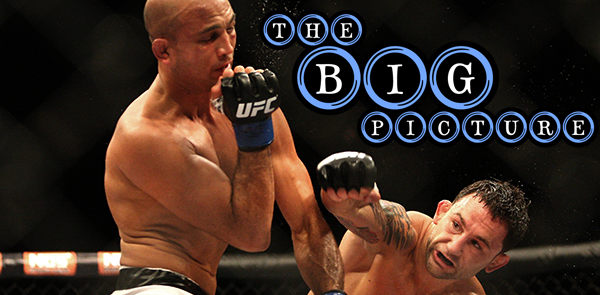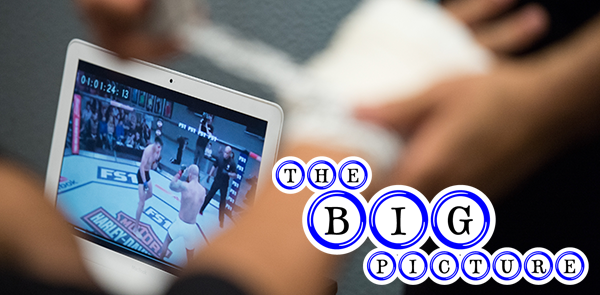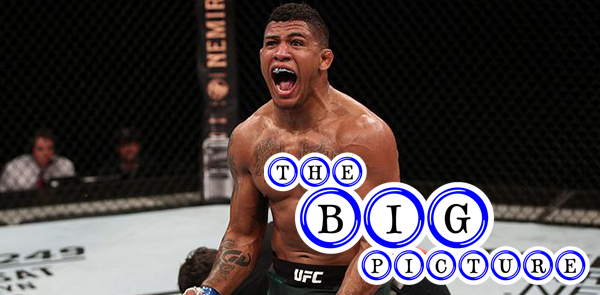The state of the lightweight division would make a permanent pivot 10 years ago, from one snakebitten era to the next. Fittingly, it happened via robbery.
When Frankie Edgar defeated B.J. Penn the first time at UFC 112 in the United Arab Emirates, it wasn’t just a big-time upset, though it was also that by any measure. Edgar was a +725 underdog and Penn a -1100 favorite. Penn was a three-time defending champion who hadn’t lost at lightweight in eight years, while Edgar had never been in a title fight and wasn’t even the clear top contender. Coming into the fight, Edgar was 6-1 in the Ultimate Fighting Championship—a very good record in an elite division—but in that same timeframe Gray Maynard was 7-0-1, including a win over Edgar. After losing to Maynard, Edgar won three straight bouts over former title challenger Hermes Franca, former champion Sean Sherk and Matt Veach in his second UFC appearance. In the same timeframe, Maynard beat Rich Clementi, Jim Miller, Roger Huerta and Nate Diaz. Likely because of his two straight split decisions against Huerta and Diaz, Maynard was passed up for the title shot, a small snub that changed the course of the division…




